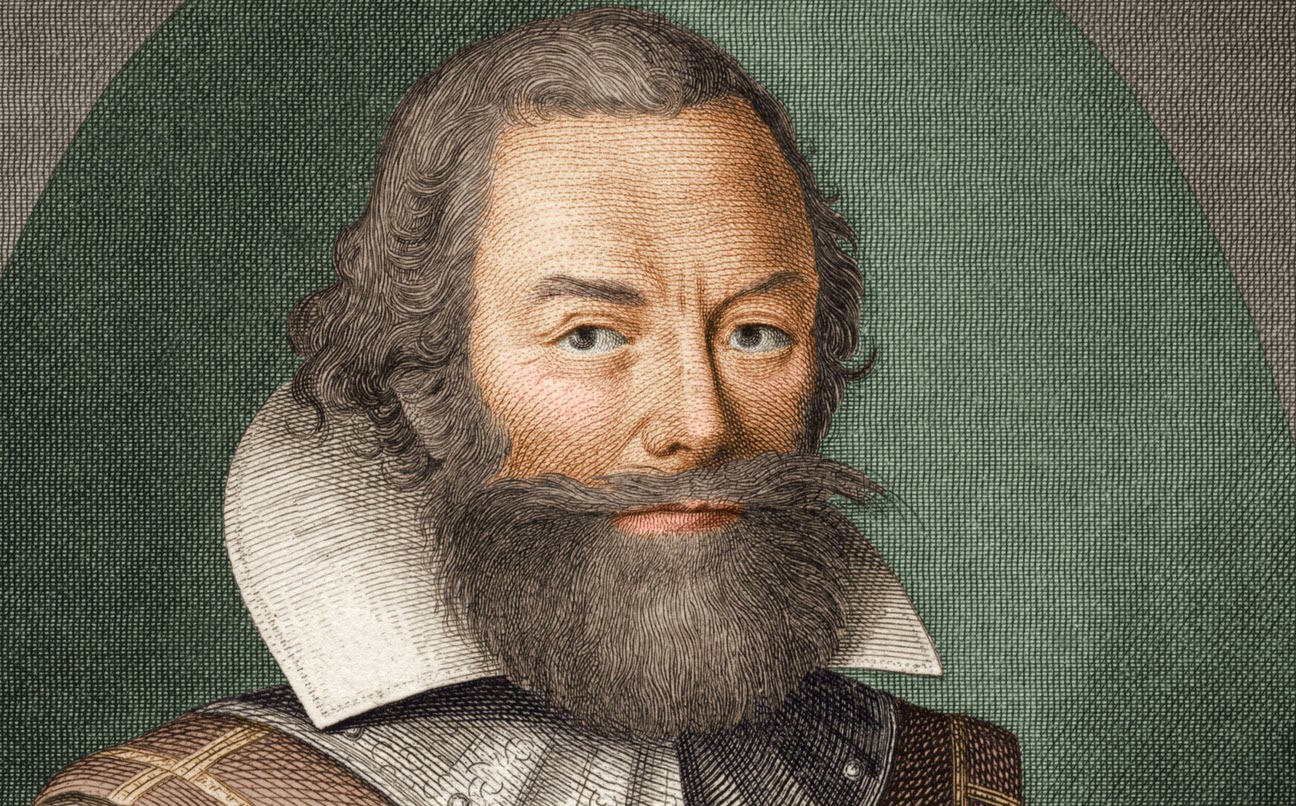Captain John Smith played a pivotal role in the early history of the United States as one of the leading figures in the establishment of the first permanent English settlement in North America, Jamestown, Virginia. His contributions during these formative years of American colonization were instrumental in the survival and development of the English colony.

Early Life and Arrival in Jamestown
Captain John Smith, born in 1580 in Lincolnshire, England, was a soldier, explorer, and author. Before his involvement with the Virginia Company, which sponsored the Jamestown expedition, Smith had already led a life of adventure in Europe and the Near East, fighting in wars and being captured and enslaved by the Ottomans, only to escape and return to England.
In December 1606, Smith set sail for North America aboard the Susan Constant, one of three ships sent by the Virginia Company. The expedition aimed to establish a colony that would generate profits for the company by discovering gold and establishing trade routes and opportunities.
Contributions in Jamestown
Smith’s leadership and resourcefulness became evident soon after the colonists landed in Virginia in April 1607 and founded Jamestown. The settlement faced immense hardships, including hostile relations with Native American tribes, disease, and severe food shortages. Smith was instrumental in securing food supplies through trading with the local Powhatan Confederacy, a network of tribal nations led by Chief Powhatan.
One of the most legendary episodes involving Smith occurred when Powhatan’s forces captured him in December 1607. According to Smith’s later accounts, he was saved from execution by Pocahontas, Chief Powhatan’s daughter, who intervened on his behalf. While historians have debated the accuracy of this story, it remains a prominent part of early American folklore.
In 1608, Smith undertook two significant expeditions to explore the Chesapeake Bay and its rivers, mapping the area and seeking potential trading partners. His detailed maps and accounts of the region were among the first English documents to provide comprehensive information about the Chesapeake Bay and its indigenous peoples.
Smith’s leadership extended to taking on the role of president of the Jamestown colony in September 1608. During his presidency, he implemented a “no work, no food” policy to motivate the settlers to contribute to the colony’s survival. His strict but effective leadership helped stabilize the struggling colony.
Later Years and Legacy
John Smith returned to England in October 1609 after being injured by a gunpowder explosion. He continued to promote colonization through his writings, including “A Map of Virginia” and “The Generall Historie of Virginia, New England, and the Summer Isles.” Although he never returned to Virginia, Smith explored other areas of the New World, including New England, which he named.
Captain John Smith’s contributions to the establishment and survival of Jamestown are regarded as foundational to the history of the United States. His interactions with the Powhatan Confederacy and his exploration and mapping efforts significantly impacted the English understanding of the New World. Smith’s legacy is commemorated in various ways, including monuments, historical markers, and educational materials that celebrate his role in American history.
